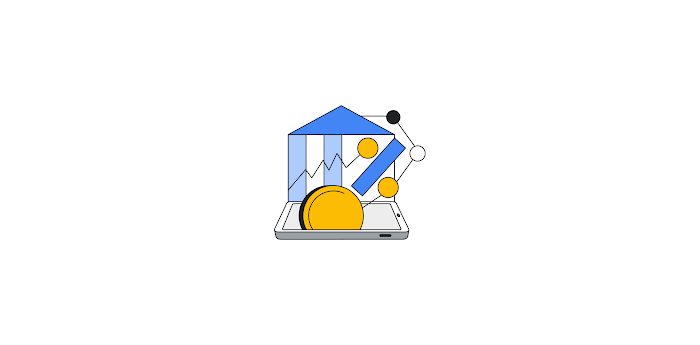Fighting money launderers with artificial intelligence at HSBC

Richard D. May
Group Head of Financial Crime, Global Banking & Markets and Commercial Banking, HSBC
Money laundering and organised crime often go hand in hand. It is estimated that between 2%-5% of global GDP, or up to $2 trillion a year, is laundered each year as criminals attempt to conceal the illegal origins of their money. As one of the world’s largest banks, HSBC implements robust controls to prevent criminals from using the bank to transfer their money. Every month, on average, we screen over 1.2 billion transactions for signs of financial crime.
Traditionally, HSBC followed industry standards and used a rules-based system to analyse transactions for signs of money laundering, which meant we set parameters for transactions our automated monitoring system should look for. Flagged transactions were then investigated on a case-by case-basis.
However, this one-size-fits-all, rules-based approach also resulted in a high number of so-called “false positives” — innocent transactions that had been incorrectly flagged, which then needed to be manually reviewed by our investigators.
Re-defining anti-money laundering with AI
At HSBC, we were already using AI widely to do things like improve customer service and increase the efficiency of our processes. However, to further harness the potential of AI, we partnered with Google Cloud to develop and implement an AI solution capable of recognizing suspicious activity on its own, without us telling it what to look for.
Using our extensive knowledge of money laundering in its many forms, we trained Anti Money Laundering AI (AML AI) on our vast range of customer data to spot suspicious activity with more precision than manual optimization.
The results speak for themselves:
- More accurate risk detection: AML AI identifies two to four times as much suspicious activity as the previous system, while reducing the number of alerts by 60%1. This allows our investigations teams to spend more time reviewing genuinely suspicious cases, resulting in twice as much identified financial crime in our commercial banking operations and almost four times as much across our retail banking.
- Reduction in processing time: The speed of AML AI and its ability to generate more accurate alerts means we no longer need to spend so much time investigating false positives. As a result, we are now able to detect suspicious accounts far more quickly — now down to eight days after the first alert, which has a very real impact on protecting the financial system from criminal abuse.
- Identifying criminal networks: AML AI can spot known money-laundering patterns of behavior, such as the rapid movement of funds across accounts or sudden changes in an individual’s previous pattern of activity. This means it can not only identify suspicious individuals but also networks of criminals working together to try and launder money, which rules-based systems have always struggled to do.
For our success with AML AI, HSBC was awarded the Celent Model Risk Manager of the Year 2023. In addition, the improvements made enabled us to provide law enforcement agencies with more pertinent information while also diminishing the instances where we need to contact customers for unnecessary details, saving us time and enhancing customer satisfaction.
Expanding AML AI globally
The effectiveness of AML AI in the UK and Hong Kong means HSBC is now looking to distribute the technology across other markets.
More broadly, the financial industry is continuing to evolve from manual processing and rules-based software systems to exploring the potential of AML AI. As more financial institutions begin to onboard this new technology, the greater impact we can collectively have on stopping money launderers.
1. Based on a comparison of the 12 months following go-live vs. the preceding 12 months of rules-based monitoring, accounting for seasonality and removing the first month of data after go-live to avoid influencing the result due to detection backlogs.


